The Gitanos are an Iberian branch of the Roma people, originally from northwest India. Beginning in the 11th century, they embarked on a long westward migration, arriving in Spain around the 15th century.
In Granada, the Gitanos community settled mainly in the Sacromonte neighborhood, located in the hills in front of the Alhambra, renowned for its cuevas (caves carved into the hillside), which served as dwellings. The Gitanos of Granada, belonging to the Calé group, were bearers of a deeply rooted culture based on music, dance and oral transmission. Flamenco, in particular, constituted an element of identity and a daily form of expression, often performed in intimate circles or in local tablaos. Despite the vitality of their culture, the Gitanos were marginalized and lived in poverty, facing discrimination both under the regency of the Catholic kings and later during the Franco regime.
While picturesque to visitors, Sacromonte represented a reality marked by strong inequalities, yet also by strong spirit of cultural resistance.
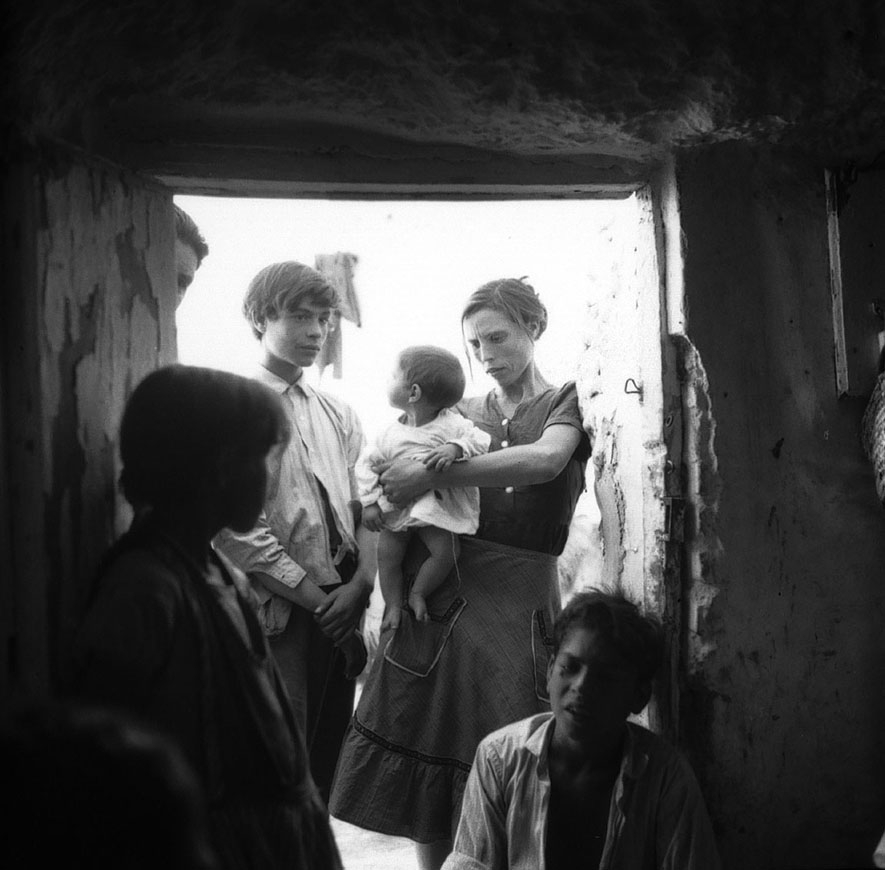
The Gitanos are an Iberian branch of the Roma people, originally from northwest India. Beginning in the 11th century, they embarked on a long westward migration, arriving in Spain around the 15th century.
In Granada, the Gitanos community settled mainly in the Sacromonte neighborhood, located in the hills in front of the Alhambra, renowned for its cuevas (caves carved into the hillside), which served as dwellings. The Gitanos of Granada, belonging to the Calé group, were bearers of a deeply rooted culture based on music, dance and oral transmission. Flamenco, in particular, constituted an element of identity and a daily form of expression, often performed in intimate circles or in local tablaos. Despite the vitality of their culture, the Gitanos were marginalized and lived in poverty, facing discrimination both under the regency of the Catholic kings and later during the Franco regime.
While picturesque to visitors, Sacromonte represented a reality marked by strong inequalities, yet also by strong spirit of cultural resistance.
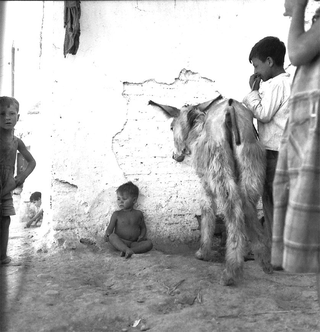

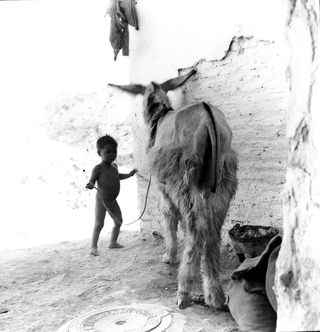
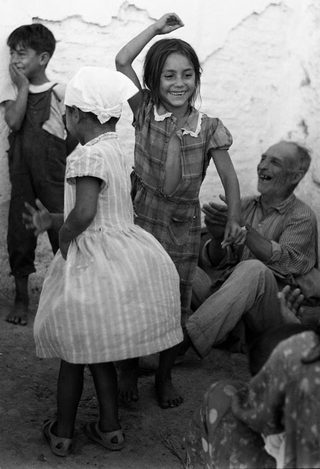
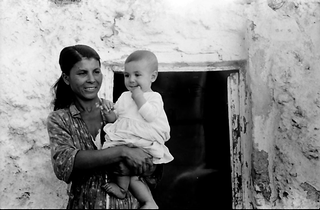
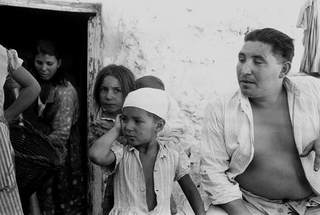
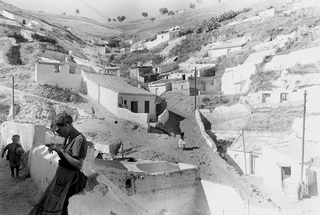
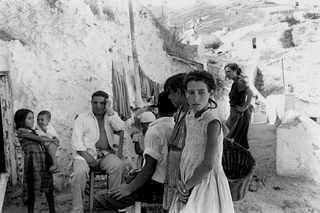
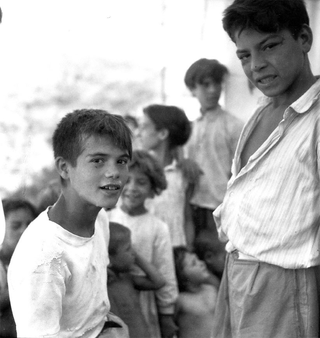

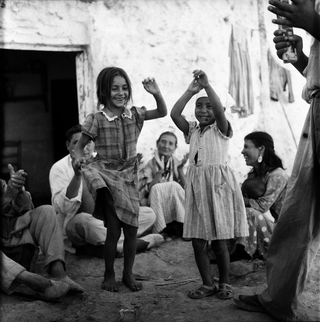

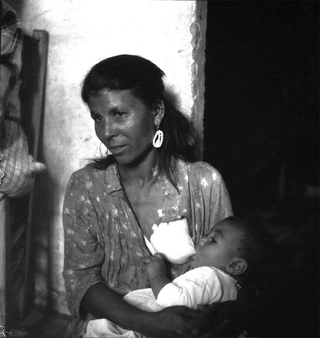
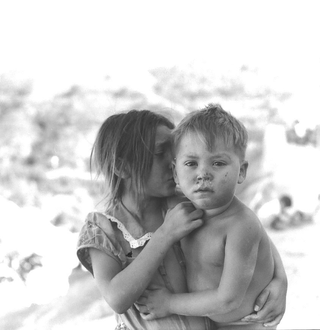
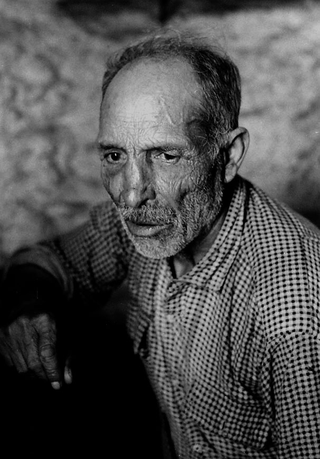


Provino 001-038
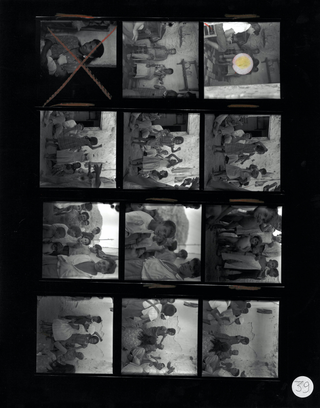
Provino 001-039
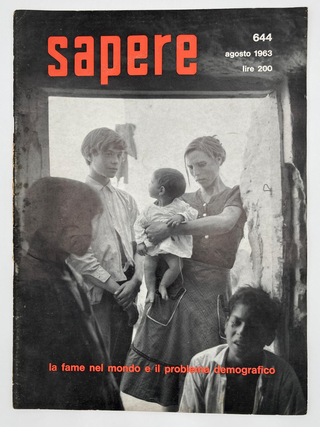
Copertina della rivista "Sapere" n. 644 (agosto 1963) che contiene alcuni scatti di Carlo Orsi tra i gitani della Spagna pubblicati nell'articolo "La fame nel mondo" di Arturo Colombo
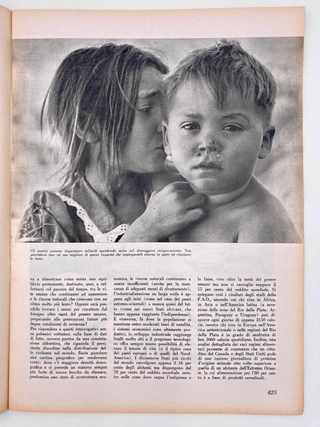
Pagina della rivista "Sapere" n. 644 (agosto 1963) con uno scatto di Carlo Orsi dei gitani della Spagna pubblicati nell'articolo "La fame nel mondo" di Arturo Colombo
Social
Contatti
archivio@carloorsi.com